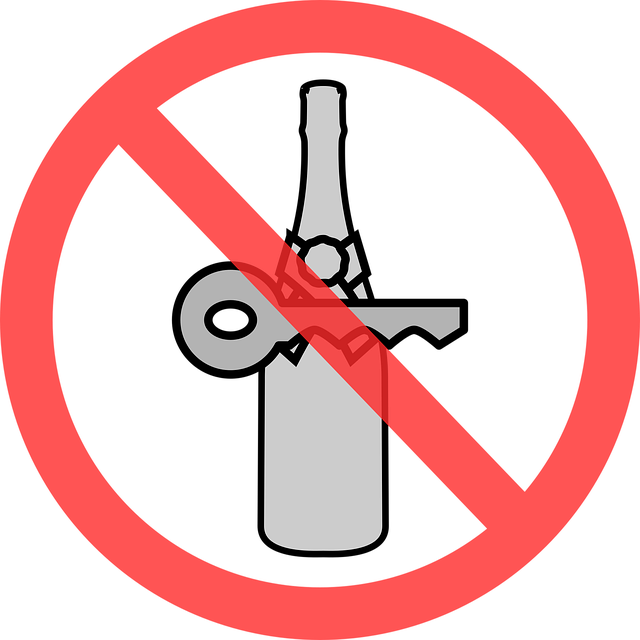Pedestrians' rights are key to building safe, vibrant communities. By implementing Recidivism Reduction Strategies, cities can enhance infrastructure, enforce traffic laws, and educate the public to protect vulnerable road users. These measures improve quality of life, reduce crime rates, and foster a more sustainable environment where active transportation is encouraged, leading to safer streets for everyone.
In urban environments, ensuring safe streets for pedestrians is paramount. This article explores the critical intersection of pedestrians’ rights and safe streets, delving into how understanding and upholding these rights can significantly reduce recidivism. We examine comprehensive approaches that go beyond legal frameworks to foster a culture of responsibility and respect, ultimately enhancing pedestrian safety through recidivism reduction strategies. By examining these tactics, we aim to illuminate effective paths towards more secure and harmonious urban spaces.
- Understanding Pedestrians' Rights and Their Significance in Safe Streets
- Recidivism Reduction Strategies: Enhancing Pedestrian Safety through Comprehensive Approaches
Understanding Pedestrians' Rights and Their Significance in Safe Streets

Pedestrians’ rights are a cornerstone of safe and vibrant communities, playing a pivotal role in reducing recidivism and fostering an inclusive environment. Understanding and upholding these rights is essential for creating streets that prioritize human needs over vehicular speed. By recognizing pedestrians as vulnerable road users, cities can implement strategies to enhance their safety, such as improving infrastructure with designated walkways and crosswalks, enforcing traffic laws, and promoting shared road usage through educational campaigns.
This holistic approach not only ensures the physical well-being of pedestrians but also contributes to a psychological sense of security, encouraging active transportation and reducing reliance on personal vehicles. As a result, communities become more livable, with lower crime rates and improved overall quality of life, making safe streets a sustainable goal that benefits everyone.
Recidivism Reduction Strategies: Enhancing Pedestrian Safety through Comprehensive Approaches

In the pursuit of safe streets for pedestrians, a significant aspect often overlooked is the role of recidivism reduction strategies. These comprehensive approaches aim to tackle recurring criminal behavior, especially among individuals who frequently engage in pedestrian-related offenses like jaywalking, loitering, or public disorder. By focusing on underlying issues such as poverty, lack of education, and mental health problems, communities can implement programs that divert offenders from repeat crimes. This involves offering alternative solutions like job training, counseling services, and educational programs to break the cycle of recidivism.
One effective method is community-based policing, where local officers work closely with residents to identify and address issues proactively. This collaborative approach fosters trust and encourages pedestrians to actively participate in their safety. Additionally, improving pedestrian infrastructure, such as well-lit paths, clear crosswalks, and traffic calming measures, can deter illegal activities and make walking safer for everyone. These strategies not only reduce recidivism but also create a more harmonious environment where pedestrians’ rights are respected and protected.
By recognizing and protecting pedestrians’ rights, we can create safer streets for all. Implementing comprehensive strategies that address recidivism reduction is vital to enhancing pedestrian safety. Through education, infrastructure improvements, and effective enforcement, communities can foster an environment where pedestrians feel secure, encouraging active transportation and promoting overall well-being. These efforts contribute to a more sustainable and inclusive urban landscape, ensuring that everyone has the right to enjoy public spaces without fear.






